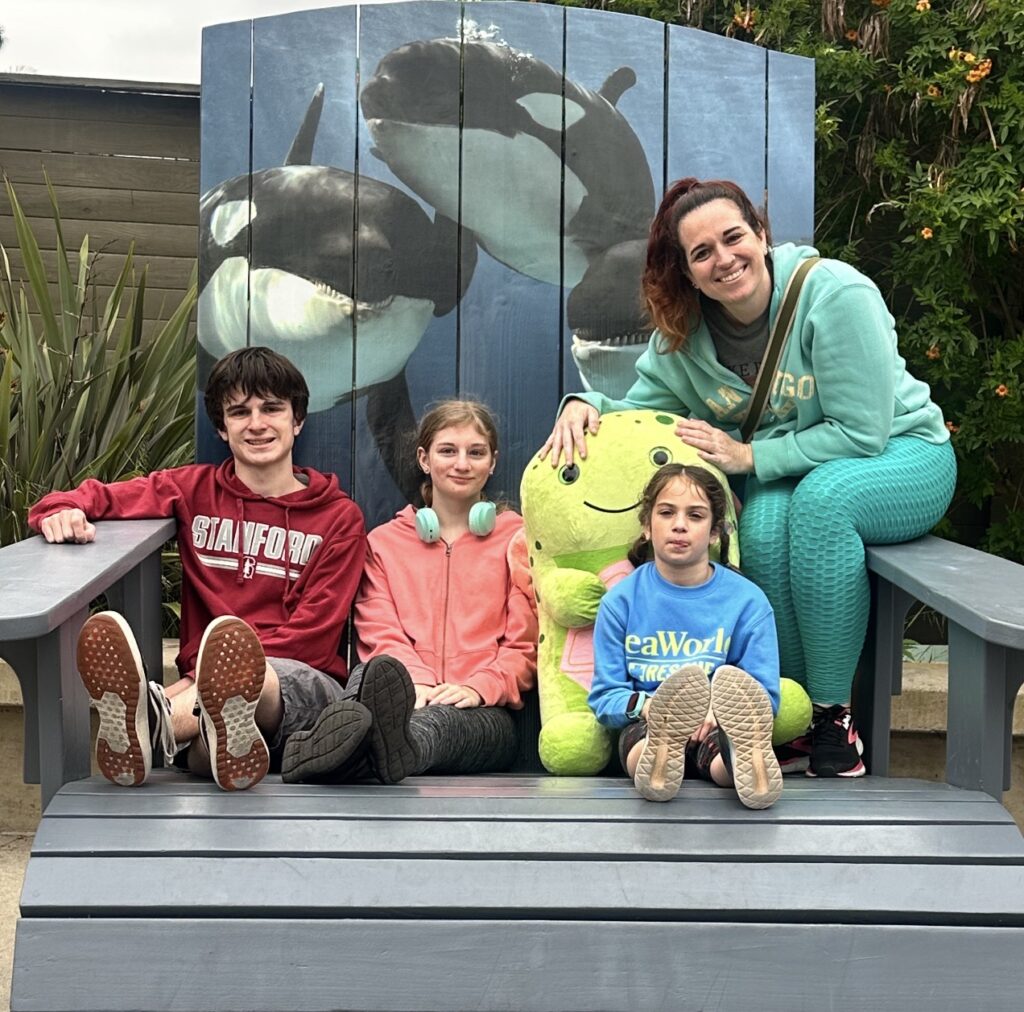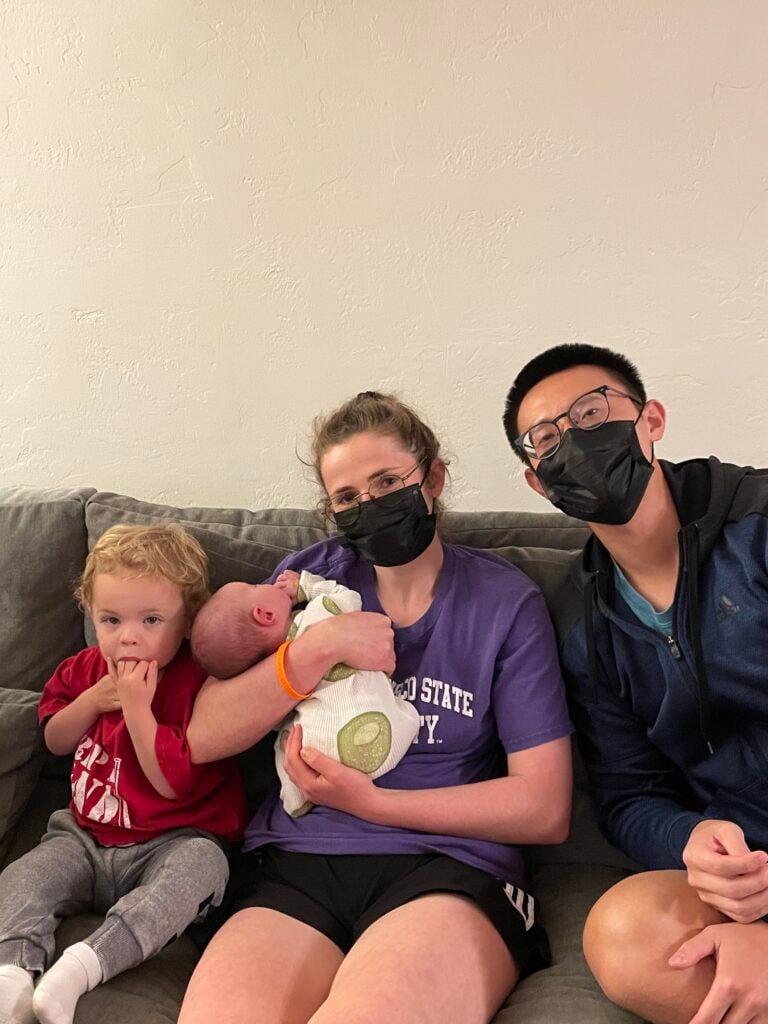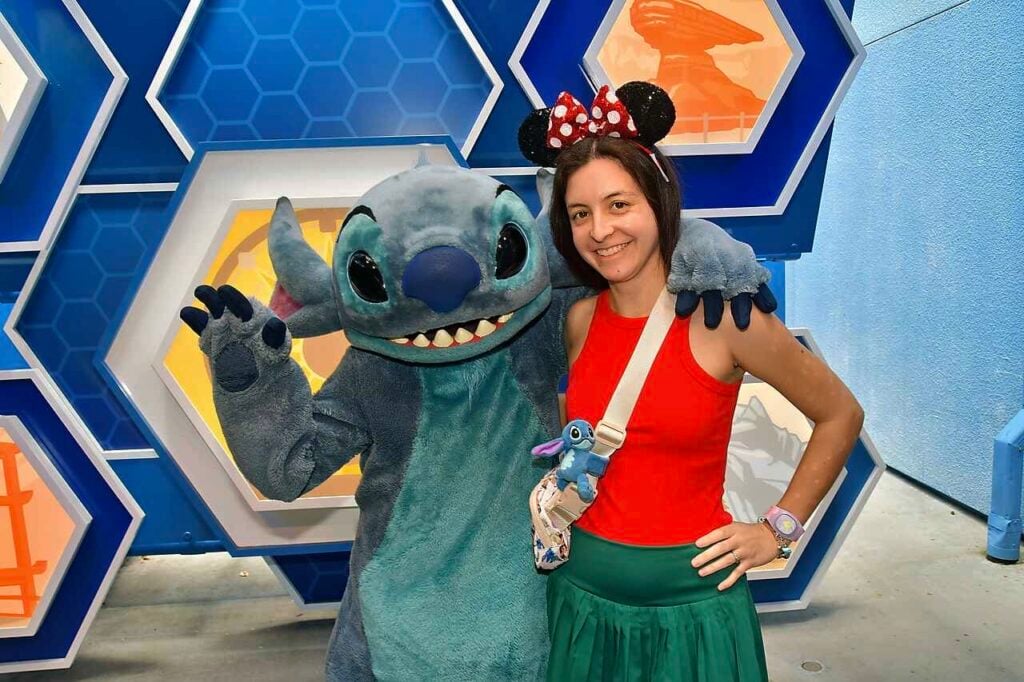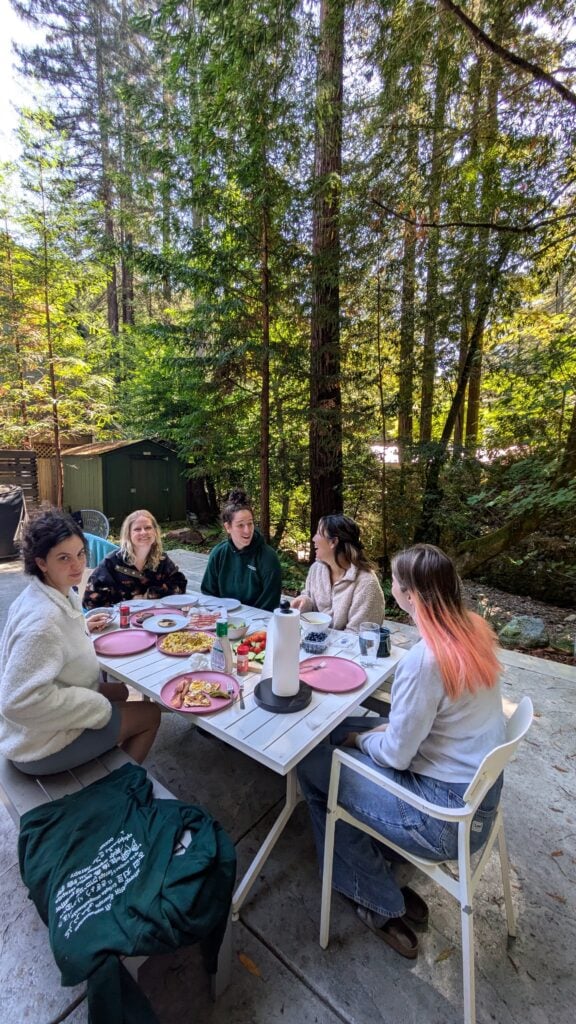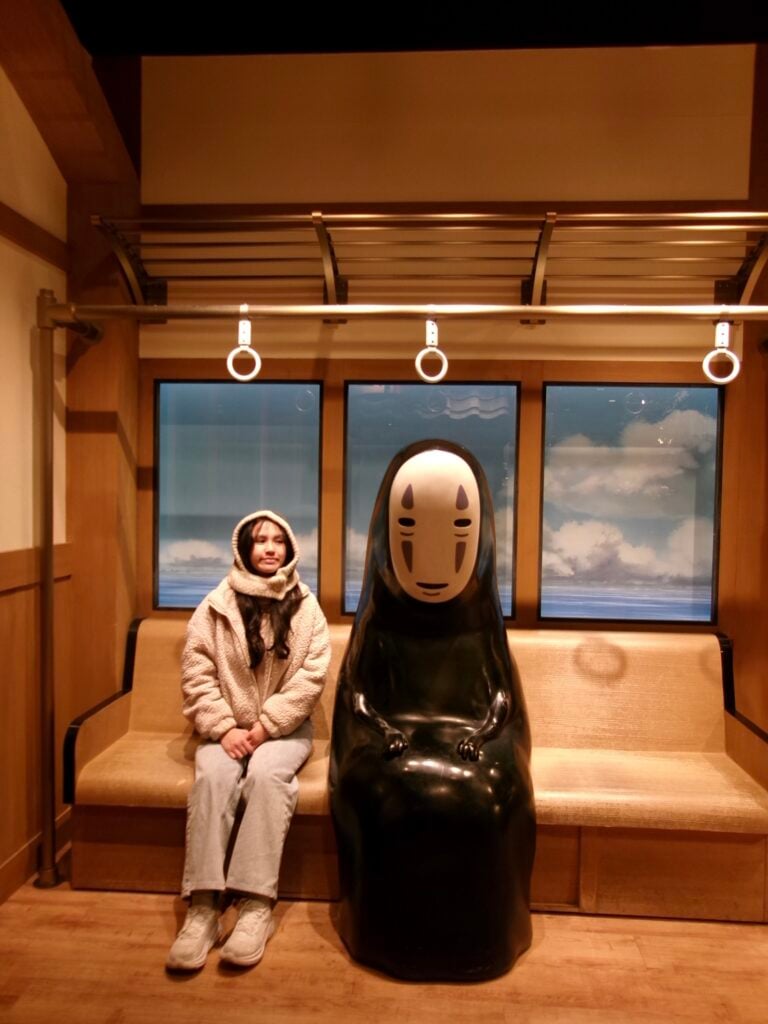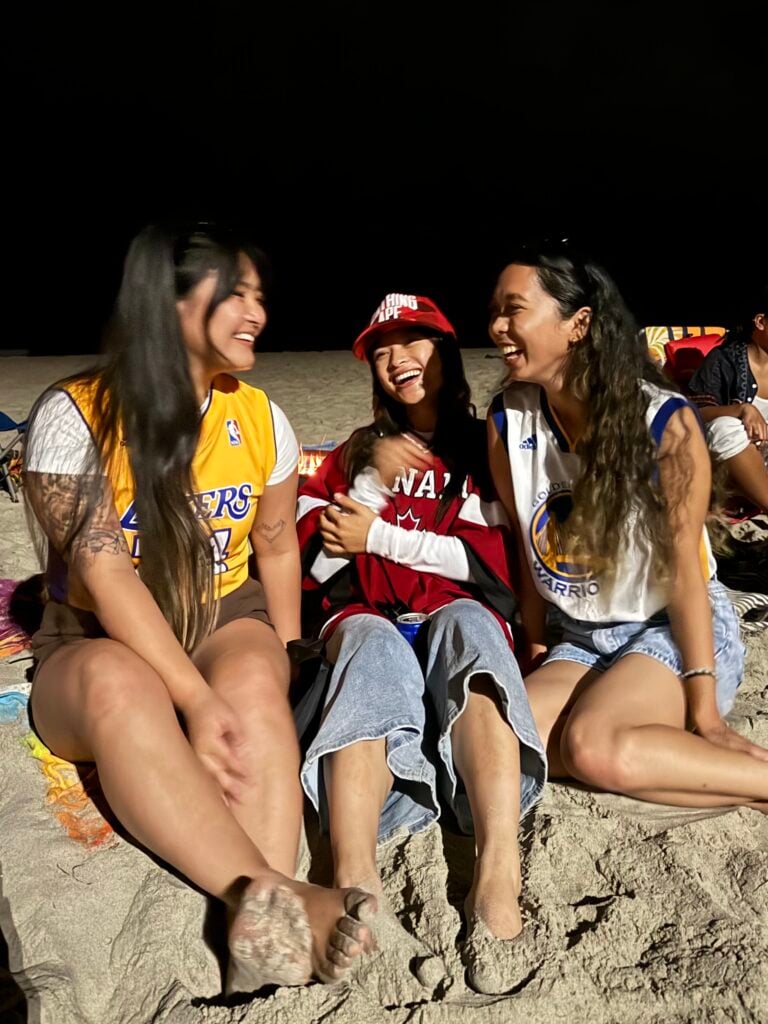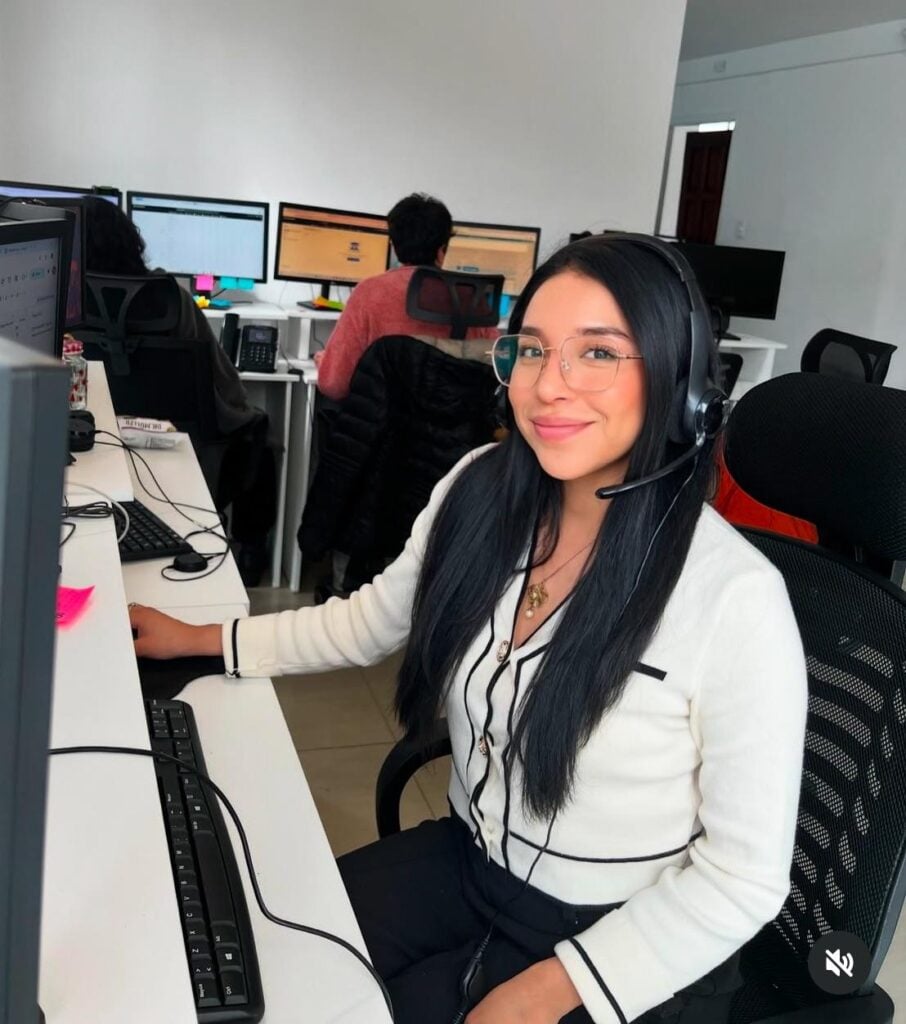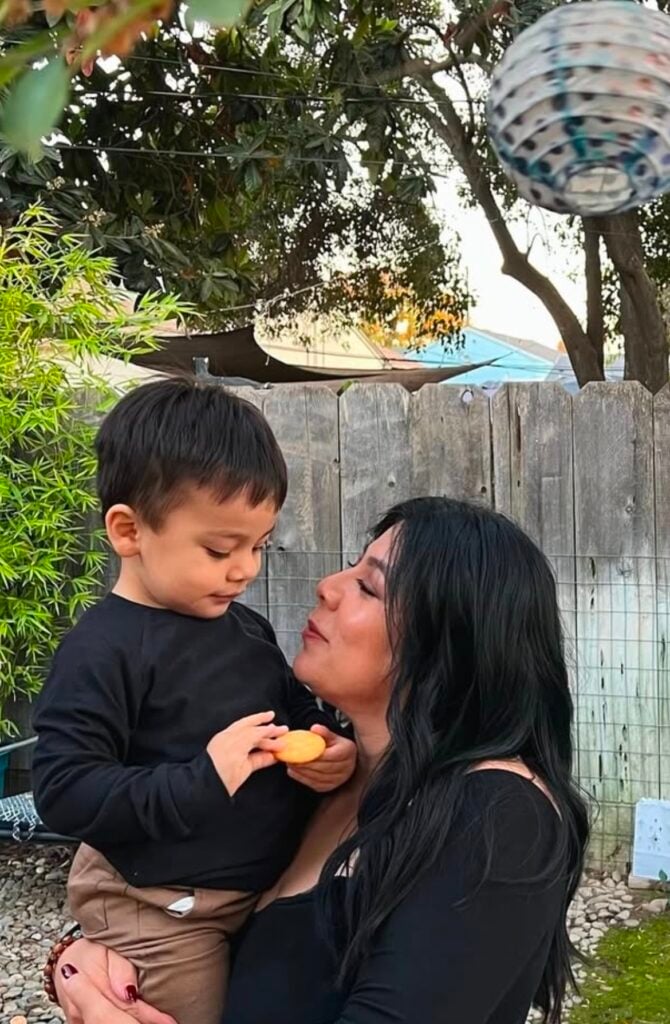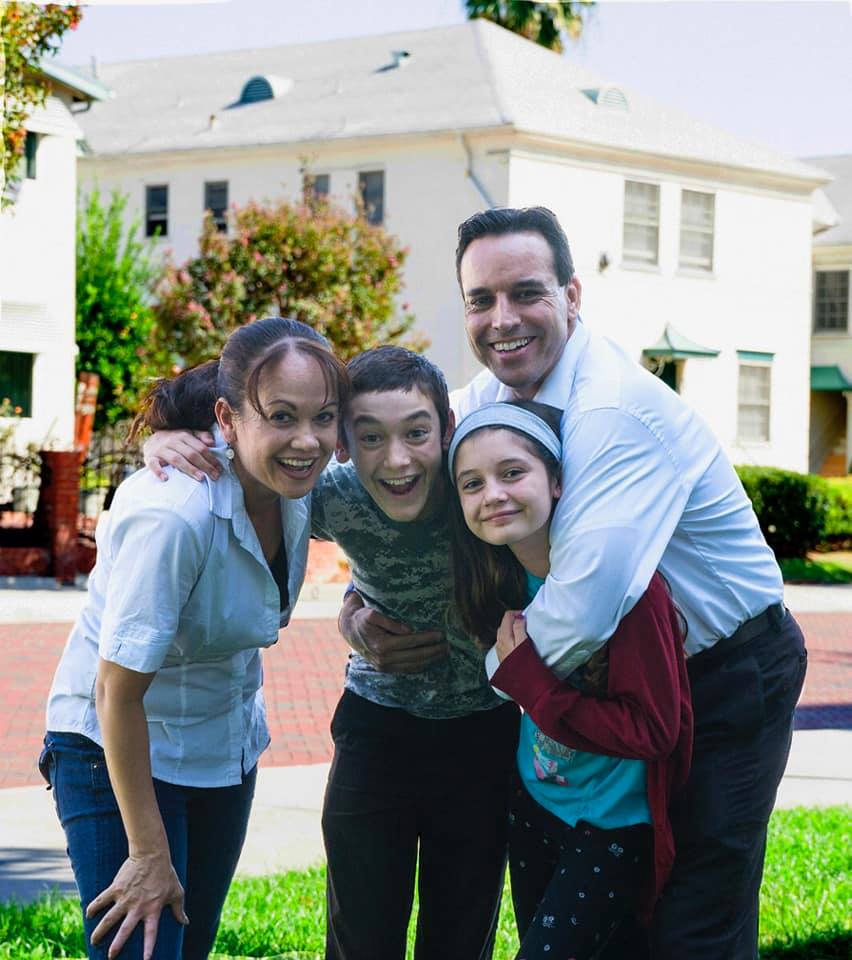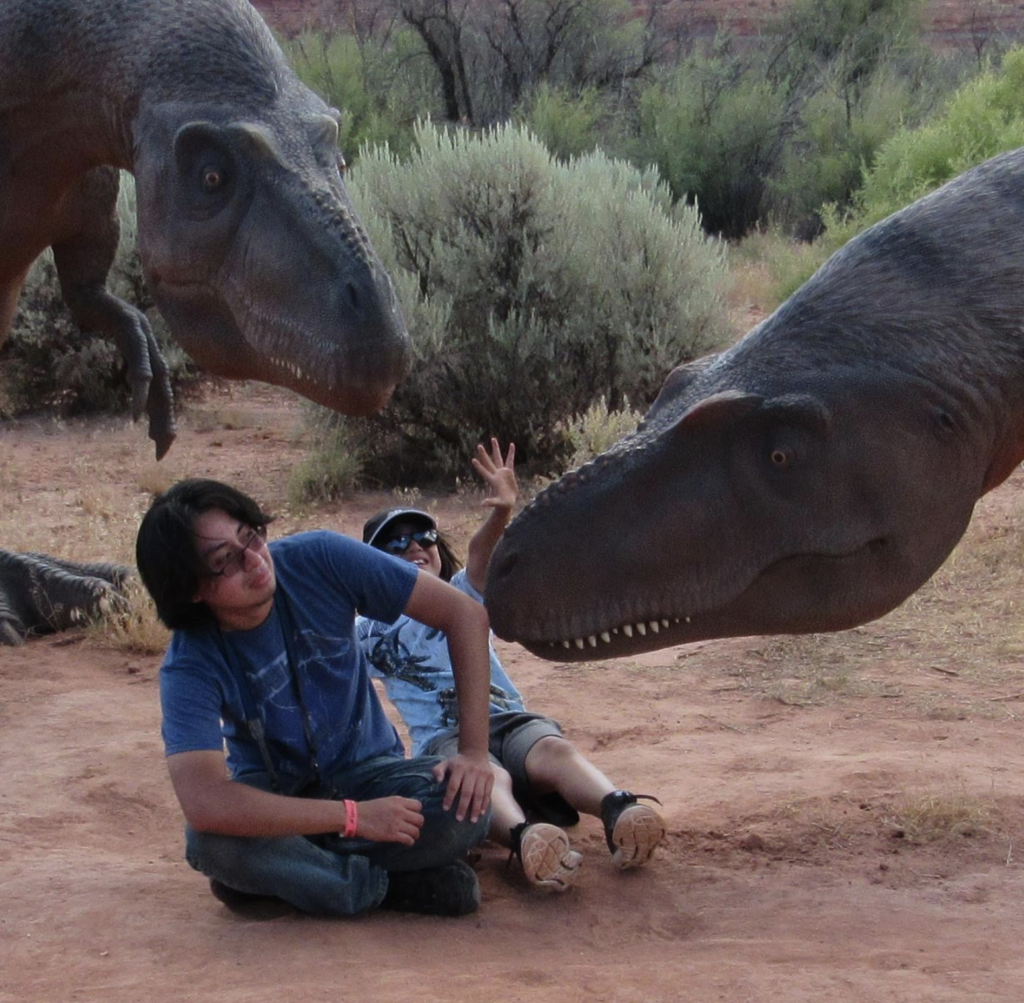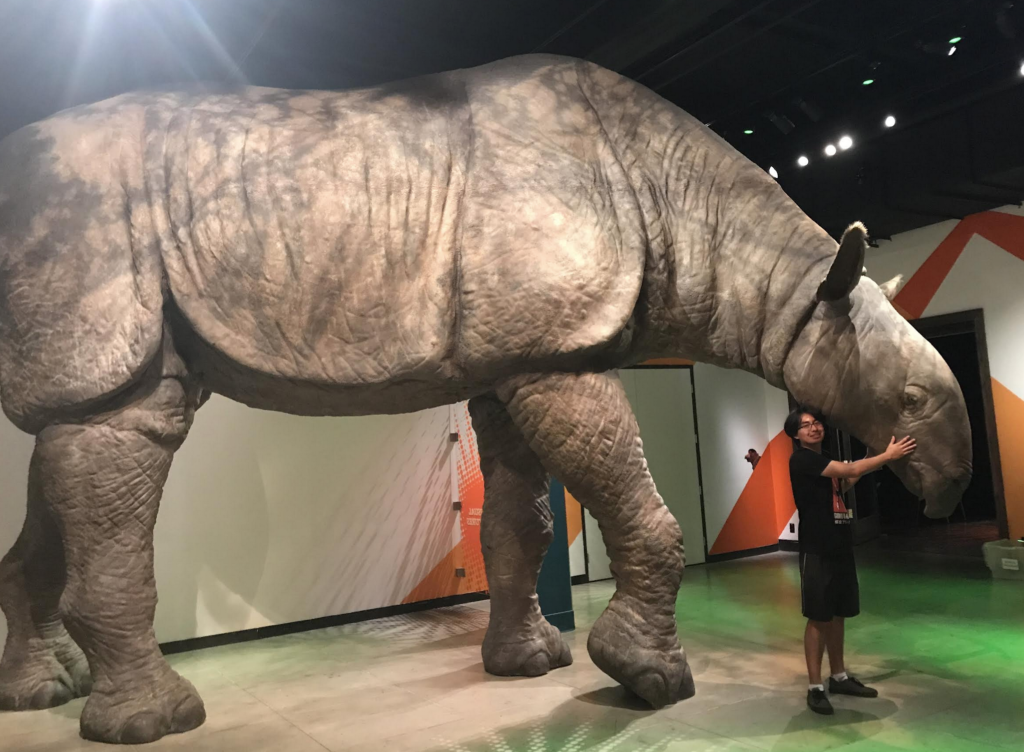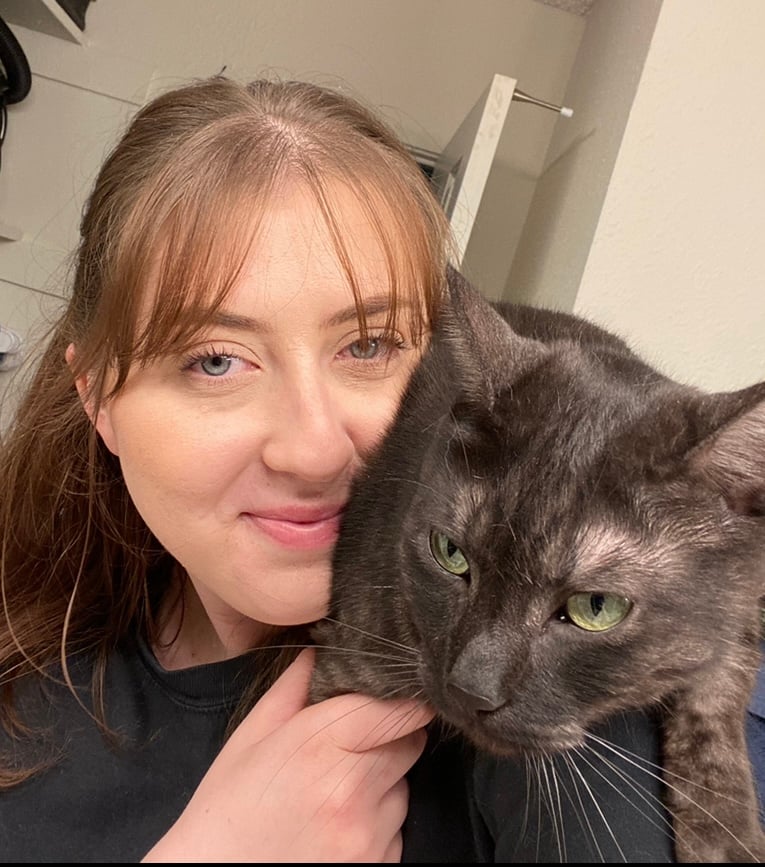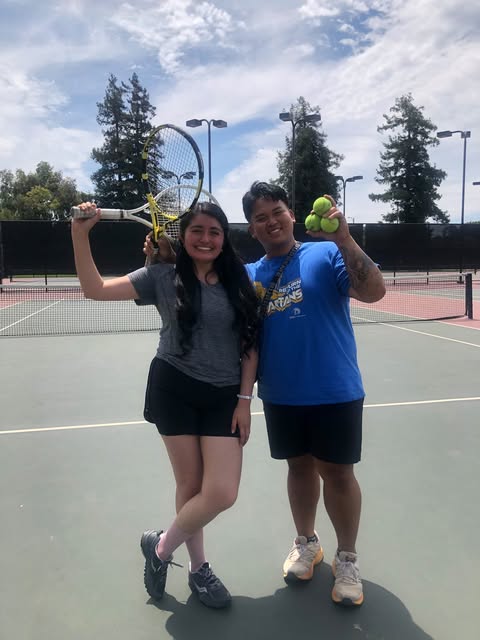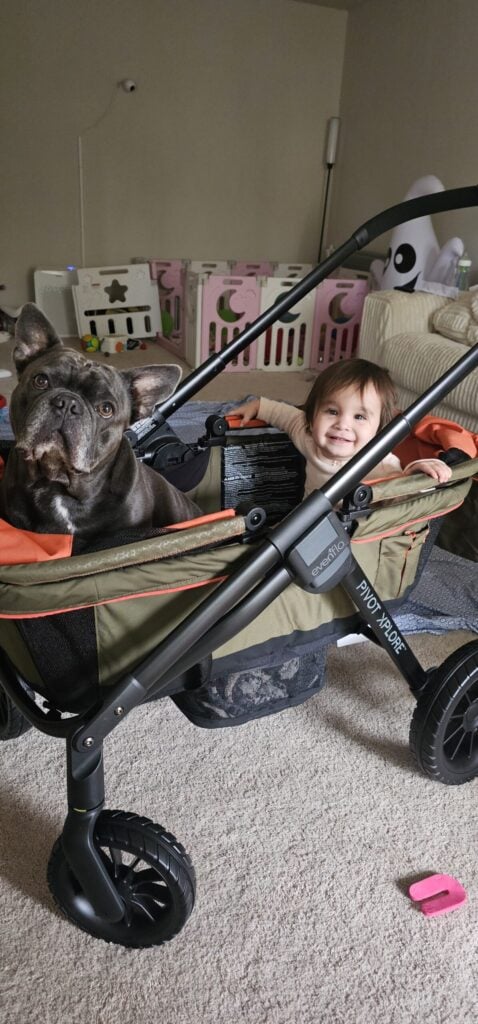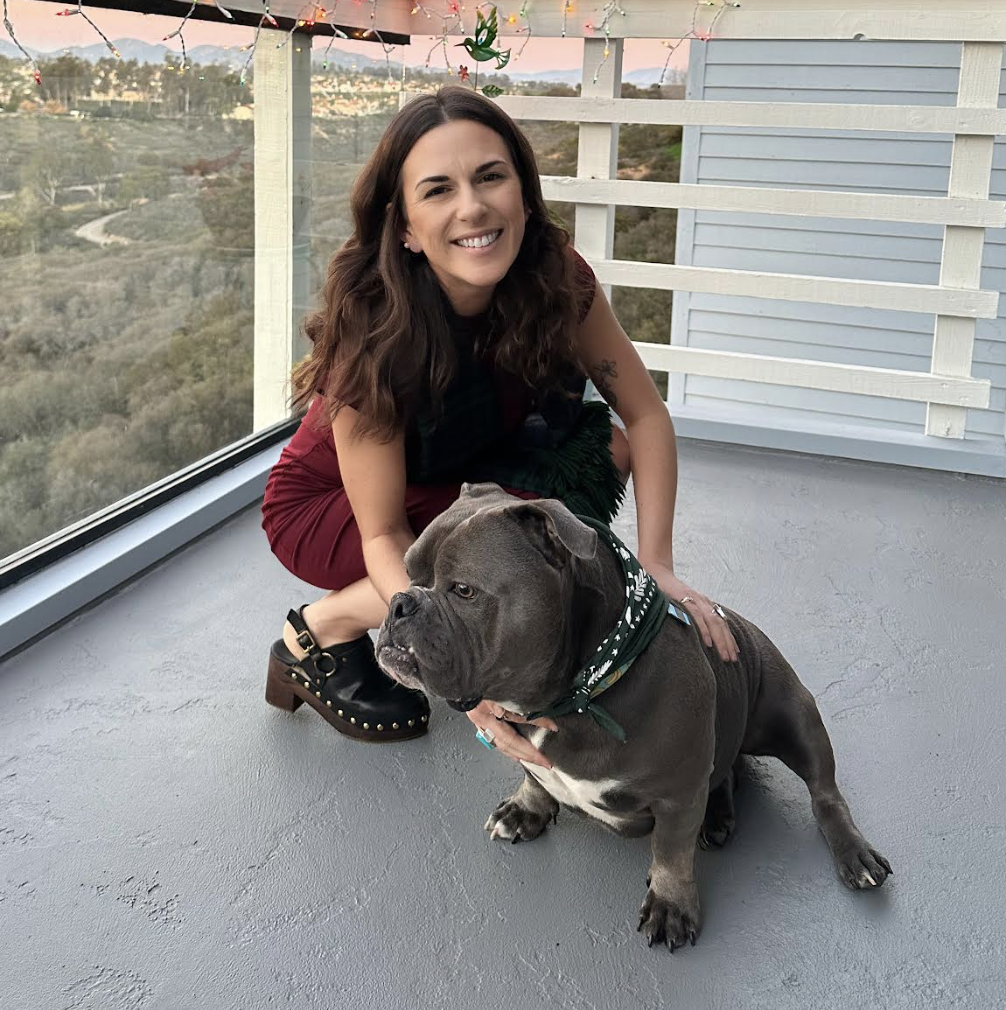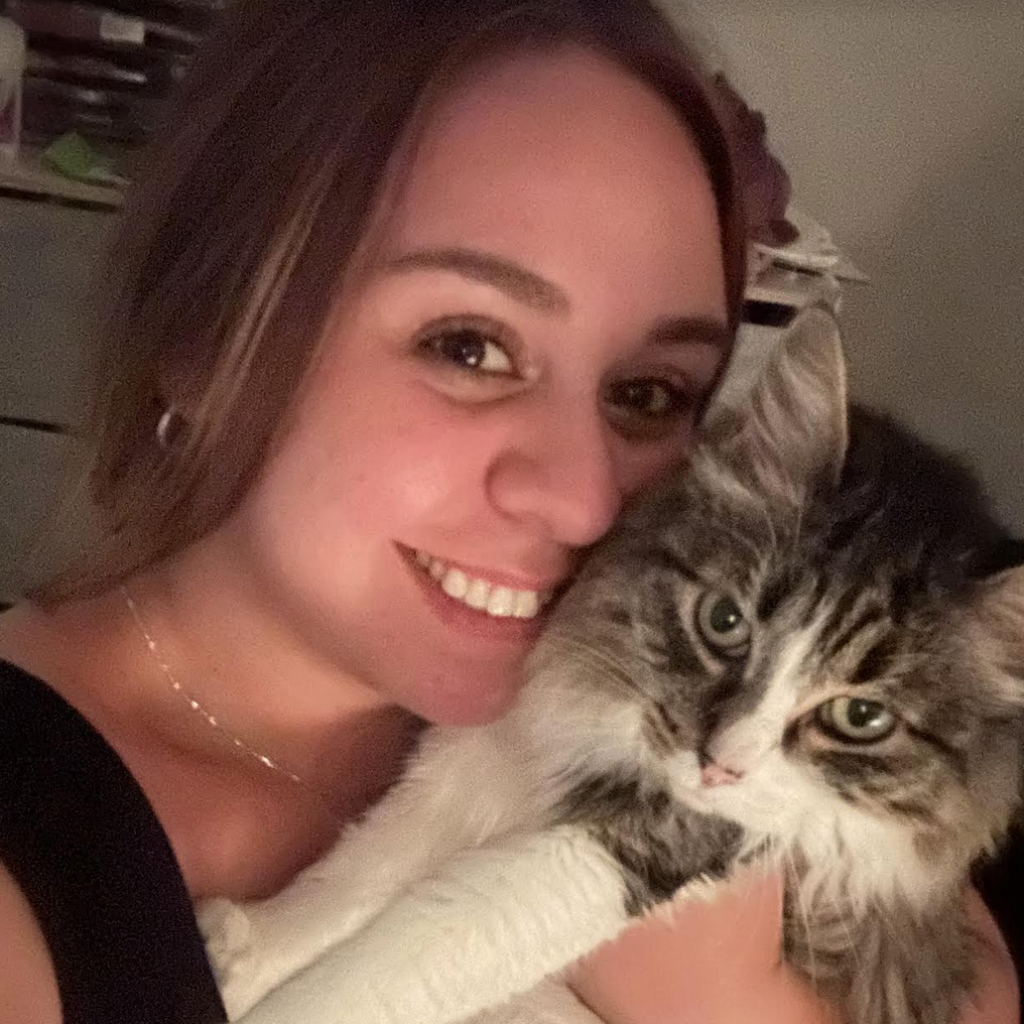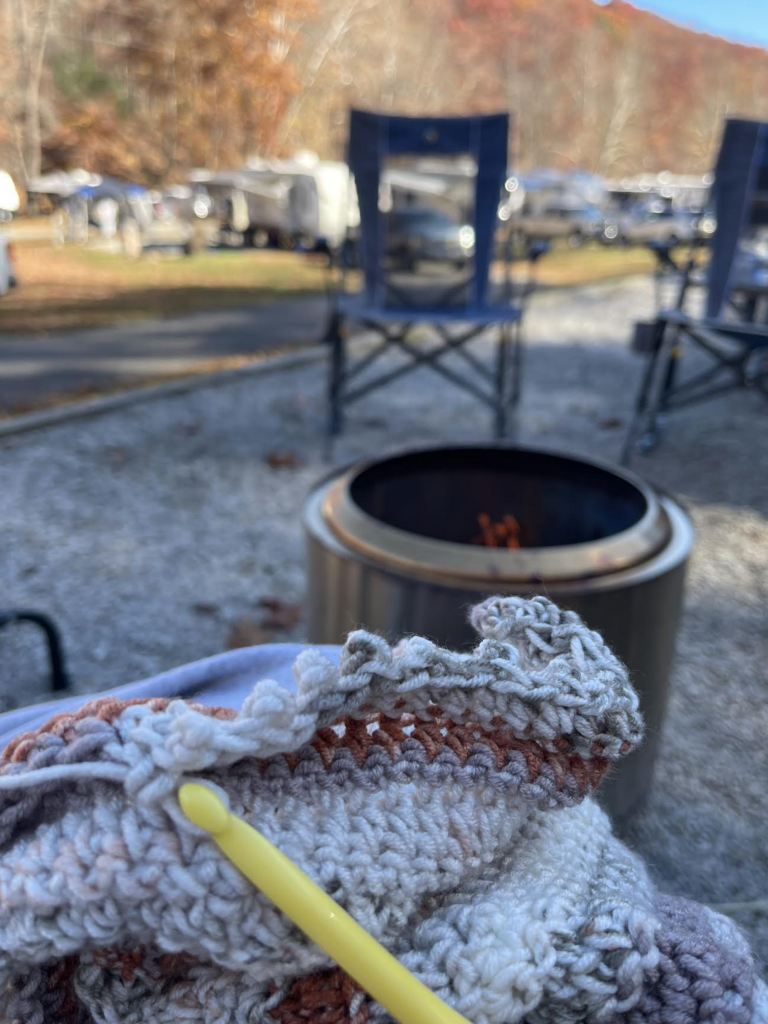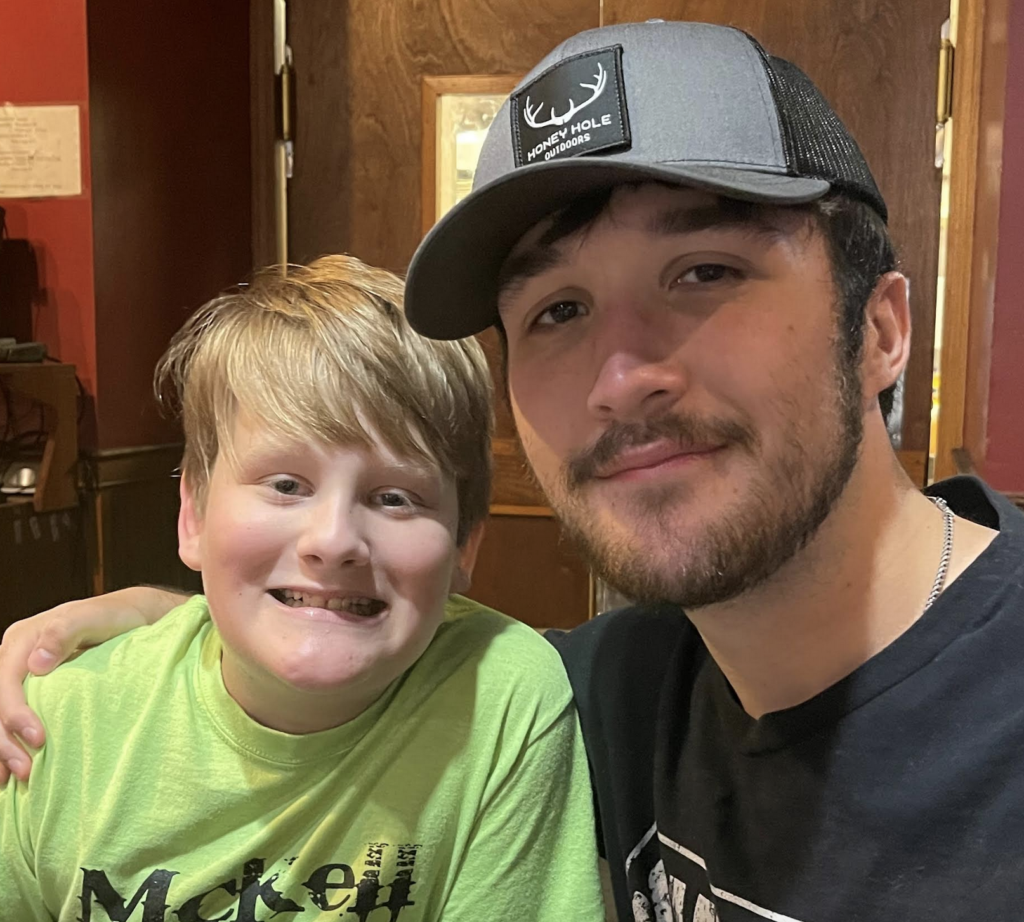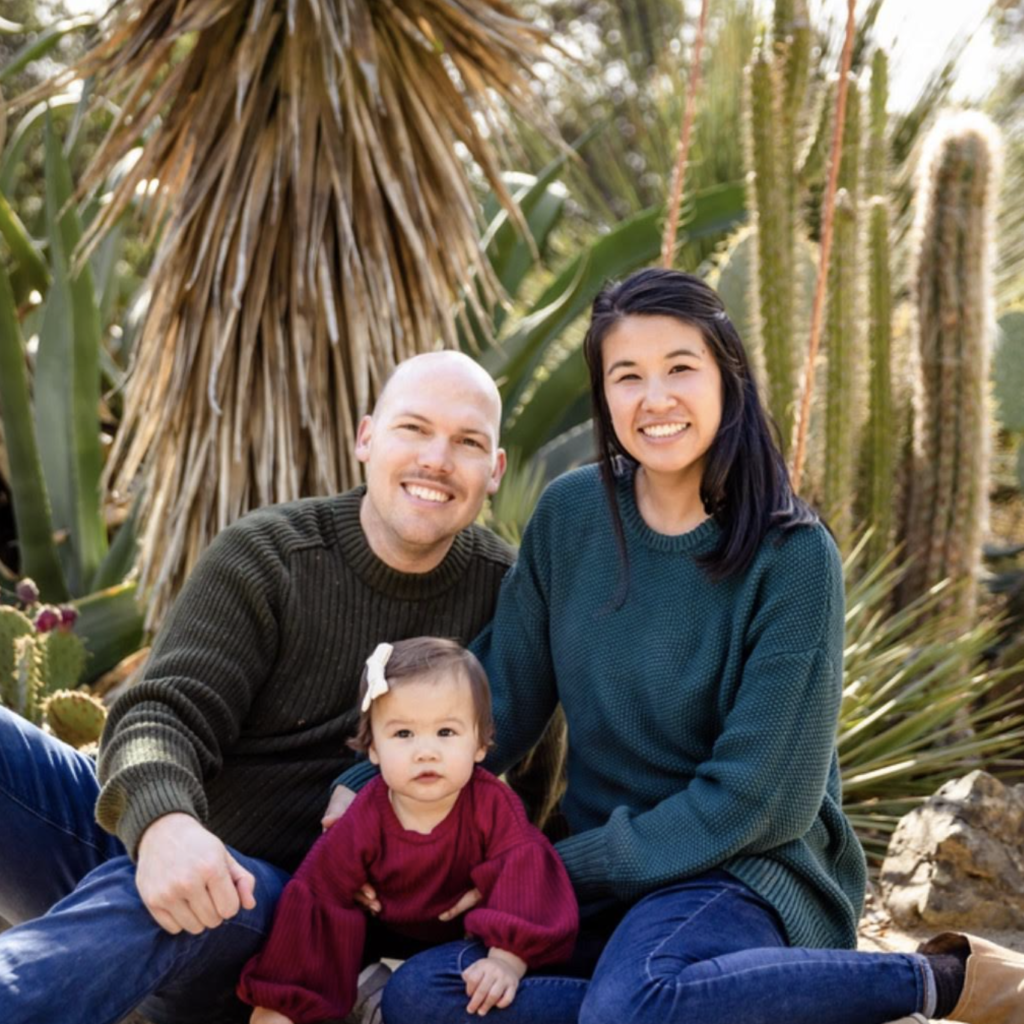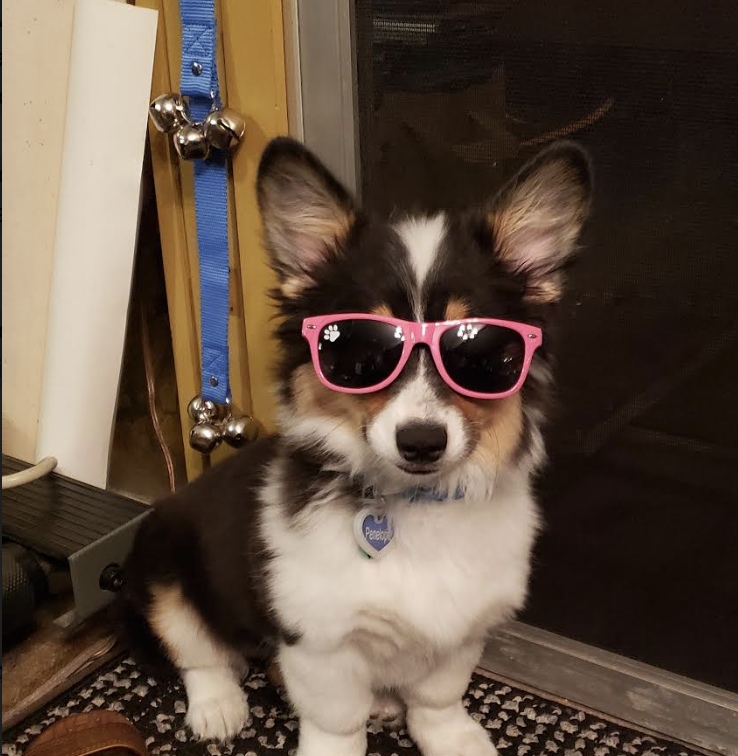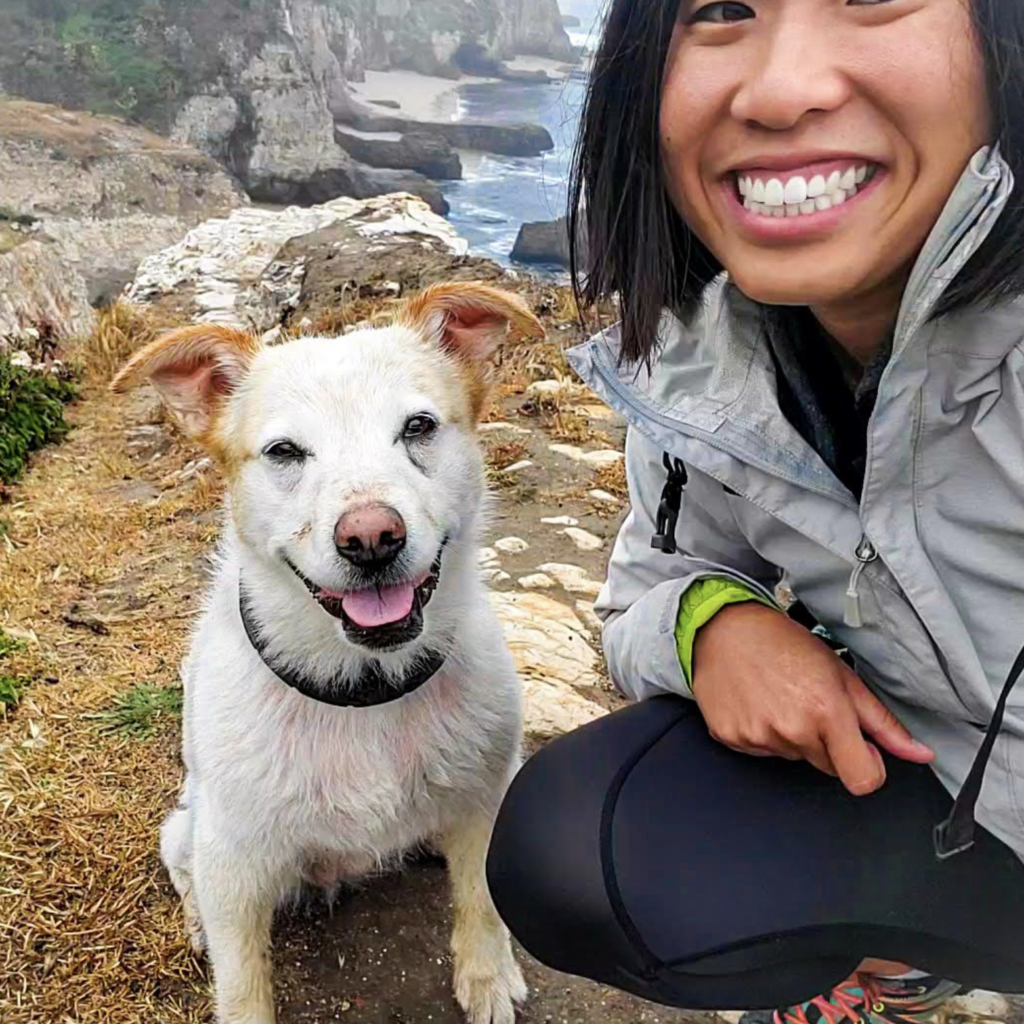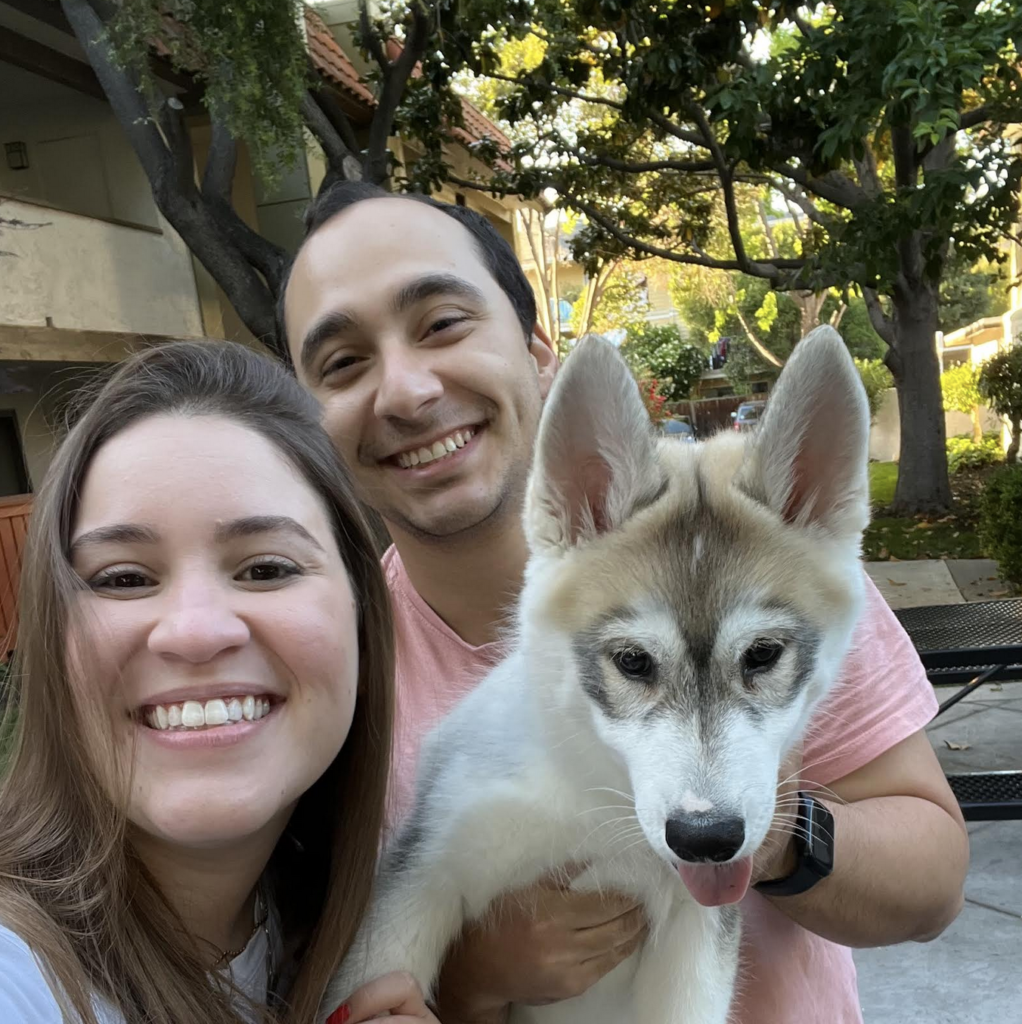I hear from a lot of parents how frustrating it is to get their child dressed every day. I understand the frustration but I also understand how to figure out where a child may be struggling during this activity so both the parents and I can help them master this skill more easily.
As an Occupational Therapist, I work with children on many skills involved in self-care, for example:
- Getting dressed
- Brushing teeth
- Helping with chores
- Going to the bathroom
In this article, I’m going to focus on getting dressed, but much of the advice I provide here can be applied to other activities, too.
Helping a Child Understand the Sequence Involved in Getting Dressed
Many parents with a child who is struggling to get dressed feel that their child is capable of dressing themselves, but they don’t do it just to spite them. Actually, children are doing the very best they can with the skills available to them.
One of the more common reasons children struggle with getting dressed is understanding the sequence of this task. Getting dressed can be complicated. Does the child really understand all of the steps necessary to get dressed? Just because you help them get dressed every single day doesn’t mean they really understand the steps.
Step by Step: Putting on a Shirt from a Child’s Point of View
Think about putting your shirt on. We know that you have to get your head in the head hole, but how do you get your head in the head hole so that you’re wearing your shirt properly? Some kids may struggle with whether or not you put your head down the head hole or go up through the shirt and into the head hole. Knowing the proper sequence will help the child successfully get their head into the shirt.
Once our head is in, we also need to get arms into the arm holes. Or should we put our arms in first? The sequence itself doesn’t really matter, but doing it the same way each time helps the child understand the process.
Therefore, we can teach a child this sequence: Put the head in, then the left arm, and then the right arm. Children often need the steps of activities broken down in a step-by-step order so they can follow that sequence.
Ability to Focus Attention Plays a Role in the Ability to Get Dressed
The next point to consider is this: Does your child have the attention to complete the task? For some kids, there are just too many steps and they get lost along the way. We know there are a lot of steps in getting a shirt on. Which step do we do first? As mentioned, the order doesn’t really matter, but if you have to follow multiple steps in a sequence, you need to have the attention to make sure you’re able to complete each step.
Attention can be a really challenging topic for parents when it comes to getting dressed. Parents often feel like their child was able to get dressed one day but not the next. What’s the difference? Attention can often be that difference.
Let’s consider a child who’s getting dressed with the TV in the background. They’re hearing the TV, which means half of their attention is on the TV and half is on the dressing task. They are only going to have half their attention and half their ability to complete the task. That may be why they could get dressed yesterday when the TV wasn’t on and today, they’re struggling.
Sensory Processing Difficulties Make Dressing Even More Challenging
For children with sensory processing difficulties, the environment can have a really big impact on their ability to pay attention and complete the dressing task. In this situation, it’s even more challenging to determine what causes their attention to shift off the task at hand.
If a child has sensory difficulties and the clothes today are more itchy, their attention is focused on the itchy shirt and not on the steps of the activity. So when a child’s attention doesn’t seem to be there and they’re having a hard time one day and not another, there may be some difficulties with sensory processing and general attention.
Motor Skills Are Also Needed For the Task of Dressing
Another major reason a child struggles with getting dressed is that they’re still developing the motor skills needed to complete the activity. There are a lot of motor skills that are required for successfully getting dressed. Let’s consider putting our pants on. Most people put their pants on by standing up, balancing on one foot, then putting the pant leg over the other foot. If a child struggles with balance, standing on one foot to put pants on is going to be incredibly difficult and they’ll probably fall down. If you fall down enough times, you probably don’t want to do the task again.
We may simplify that task for them and ask the child to sit while putting the pants on. This can be incredibly helpful for some children. But for some people who have significant postural control difficulties, even sitting down may cause a balancing problem. When sitting down and putting your pants on, you still need to shift your weight from one side to the other so that you’re able to lift your leg. For many kids, this is a good way to modify the activity, but for some, it could still be a struggle.
The Strength and Fine Motor Skills Involved in Getting Fully Dressed
Once we get the pants over our feet, we still need to get the pants up over our hips. For children with generalized weakness or if the pants are a little bit too small, it can be challenging to pull those pants up over the hips.
It also requires the ability to use both sides of our body together. When trying to pull the pants up one side, it might be a little bit challenging. If we are able to coordinate both sides of our body and pull the pants together, we’ll be more successful in getting them up over the hips.
Once we’ve got the pants over the hips, we still need to worry about the motor challenges associated with the various fasteners associated with pants. Whether the pants have buttons, snaps, or straps, the child is going to have to coordinate their fine motor skills to get the fastening completed so the pants are fully and successfully on.
When Children Struggle with These Tasks, We Can Offer Help
As you can see, there are a lot of factors, skills and strengths involved in getting dressed. The next time you think your child is not getting dressed on purpose, think about some of the common struggles that children have and determine if your child may be struggling with one of these specific skills.
If you think your child is struggling with one of the skills needed to get dressed and you’re having a hard time teaching them at home, help is available. Occupational therapists are specifically trained in breaking down the steps of everyday activities and helping people gain independence in everyday self-care tasks like getting dressed.
If you think occupational therapy might be right for you and your child, reach out and we can help set up a free consultation and let you know how we can help. Call us at (408) 337-2727.
About Jennifer
Since earning her Master’s degree in Speech-Language Pathology from the University of Arizona, Jennifer has specialized in pediatric feeding and swallowing disorders, working in hospitals, clinics and home health settings. For over 10 years she has been evaluating and treating children, newborns to adolescents, with a variety of disorders including, premature birth, autism spectrum disorders, Avoidant/Restrictive Food Intake Disorder, tongue and lip tie, cleft lip and palate and more. Jennifer is a certified infant massage instructor and utilizes these skills to teach family massage techniques that improve parent-child attachment, muscle activation, and digestion.

